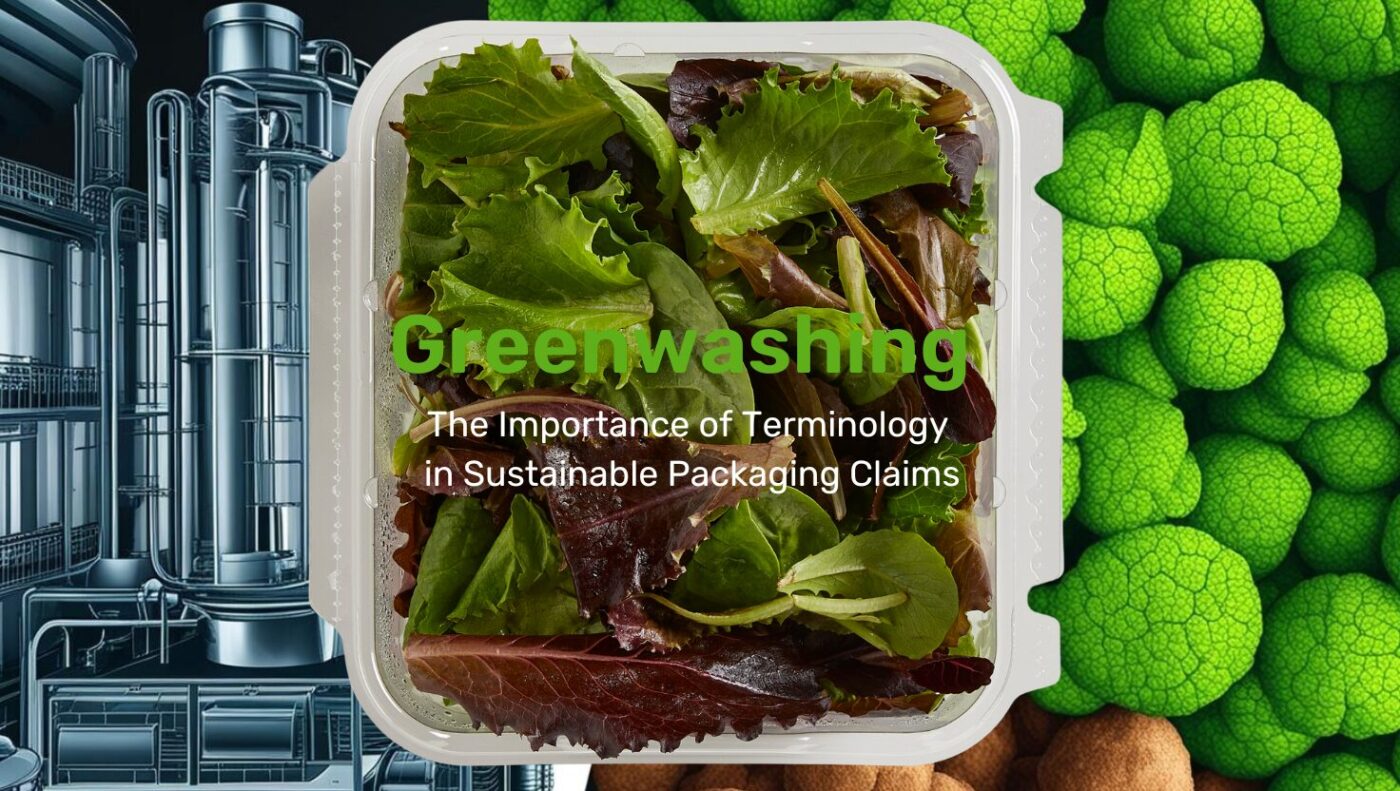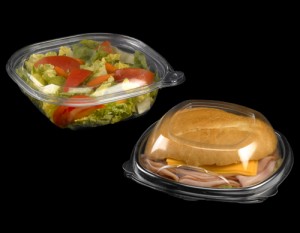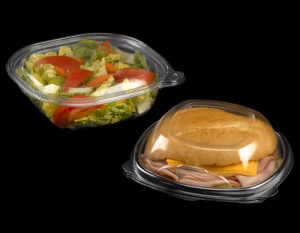
Understanding the Language of Sustainability As the push for sustainable packaging grows,…


When creating packages for a variety of items, there are numerous key factors to consider in the process and manufacturing of the packaging. The first consideration most clients contemplate is the appearance of their product within the packaging. This issue is quite important as it may determine whether an item will be purchased or not. Second, will the packaging be functional in terms of holding the item correctly and protecting it from being broken, or possibly even stolen. Lastly, the packaging needs to be durable, but at the same time appealing. For this reason, there are two predominant thermoforming types: light gauge and heavy gauge thermoforming.
According to “Understanding Thermoforming” by James Throne, 80 percent of the North American thermoforming market is identified as packaging products, with light gauge thermoforming comprising the vast majority of this.

In light gauge thermoforming, the thickness of the plastic is 1.5 mm or less and is usually roll fed into the thermoforming machine. Next, heat is applied to the plastic and formed and trimmed based on the shape of the mold. What makes light gauge thermoforming so attractive is the ability for the packaging to mold to the items in a smoother fashion and make the packaging more uniform. Because the plastic itself is thinner, most of the packaging is not much larger than the item itself.
In heavy gauge thermoforming, the thickness of the plastic used for packaging is 3mm or greater. This method of thermoforming provides much larger and thicker packaging for items that need more durable containers. Most of the products covered by this type of packaging are of heavier weight. This thermoforming process was actually developed for the production of encasement for weaponry and other artillery.
At Plastic Ingenuity, we specialize is in light gauge thermoforming to provide clients with a smoother more compact finish for their plastic packaging needs. Each client’s specific needs and product are taken into detailed consideration to identify the best packaging solution to suit the needs of the client and their goods.
